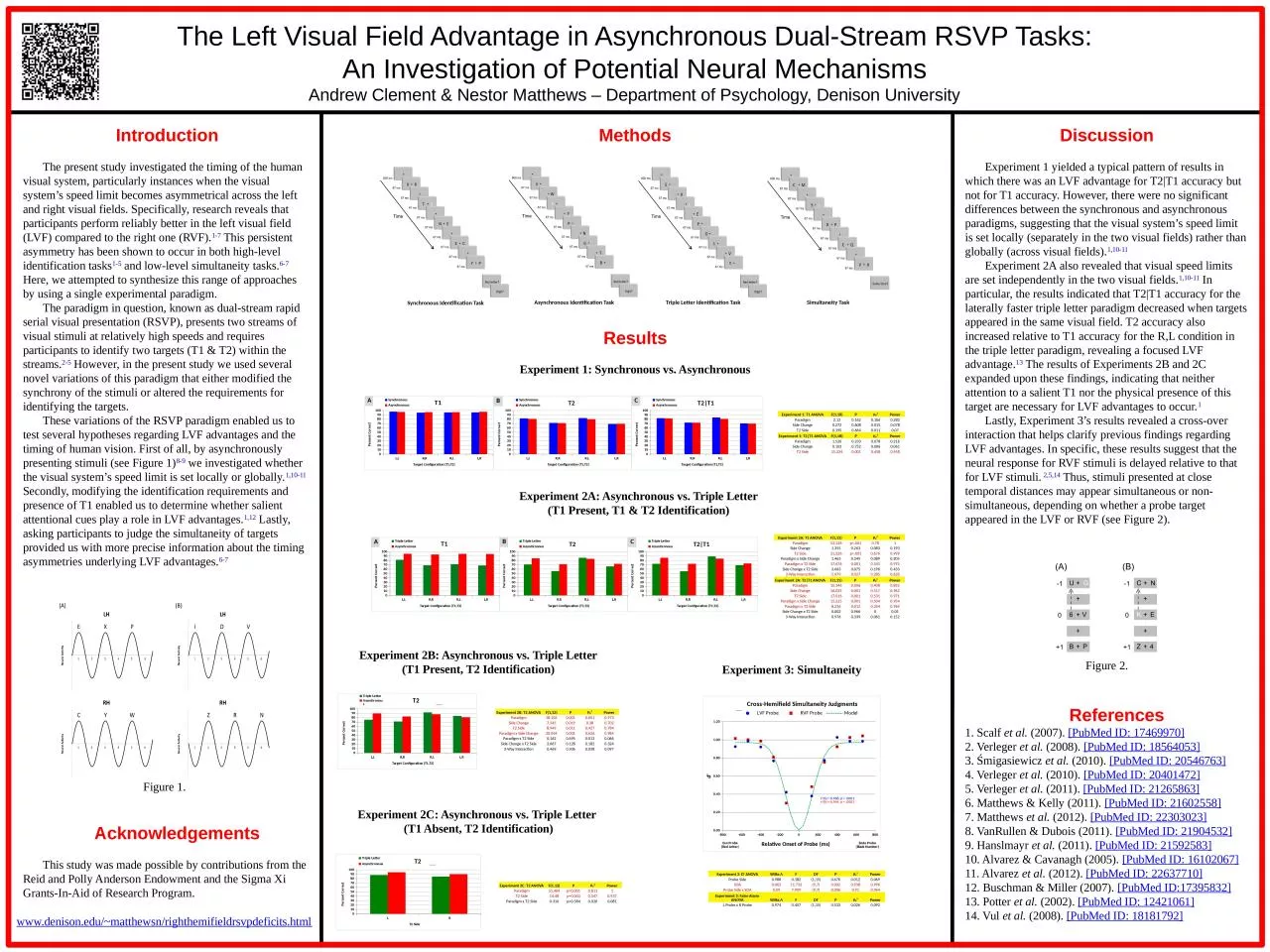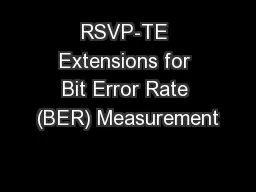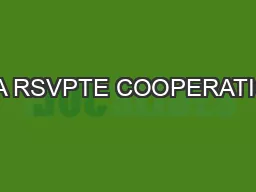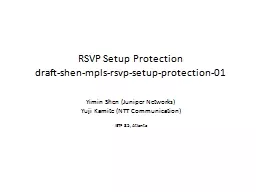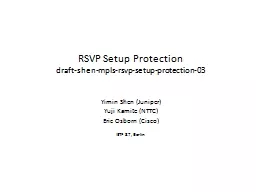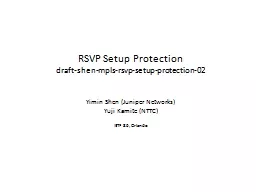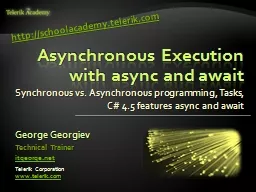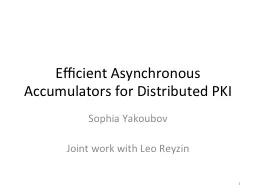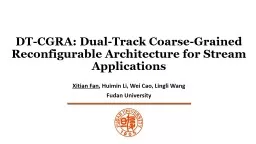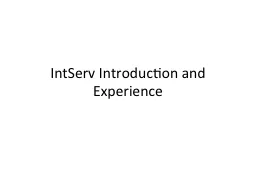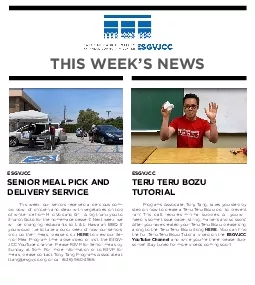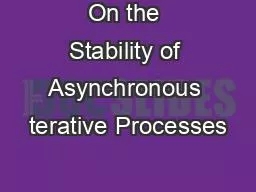PPT-The Left Visual Field Advantage in Asynchronous Dual-Stream RSVP Tasks:
Author : Mysticlover | Published Date : 2022-07-28
An Investigation of Potential Neural Mechanisms Andrew Clement amp Nestor Matthews Department of Psychology Denison University Discussion Experiment 1 yielded a
Presentation Embed Code
Download Presentation
Download Presentation The PPT/PDF document "The Left Visual Field Advantage in Asyn..." is the property of its rightful owner. Permission is granted to download and print the materials on this website for personal, non-commercial use only, and to display it on your personal computer provided you do not modify the materials and that you retain all copyright notices contained in the materials. By downloading content from our website, you accept the terms of this agreement.
The Left Visual Field Advantage in Asynchronous Dual-Stream RSVP Tasks:: Transcript
Download Rules Of Document
"The Left Visual Field Advantage in Asynchronous Dual-Stream RSVP Tasks:"The content belongs to its owner. You may download and print it for personal use, without modification, and keep all copyright notices. By downloading, you agree to these terms.
Related Documents

